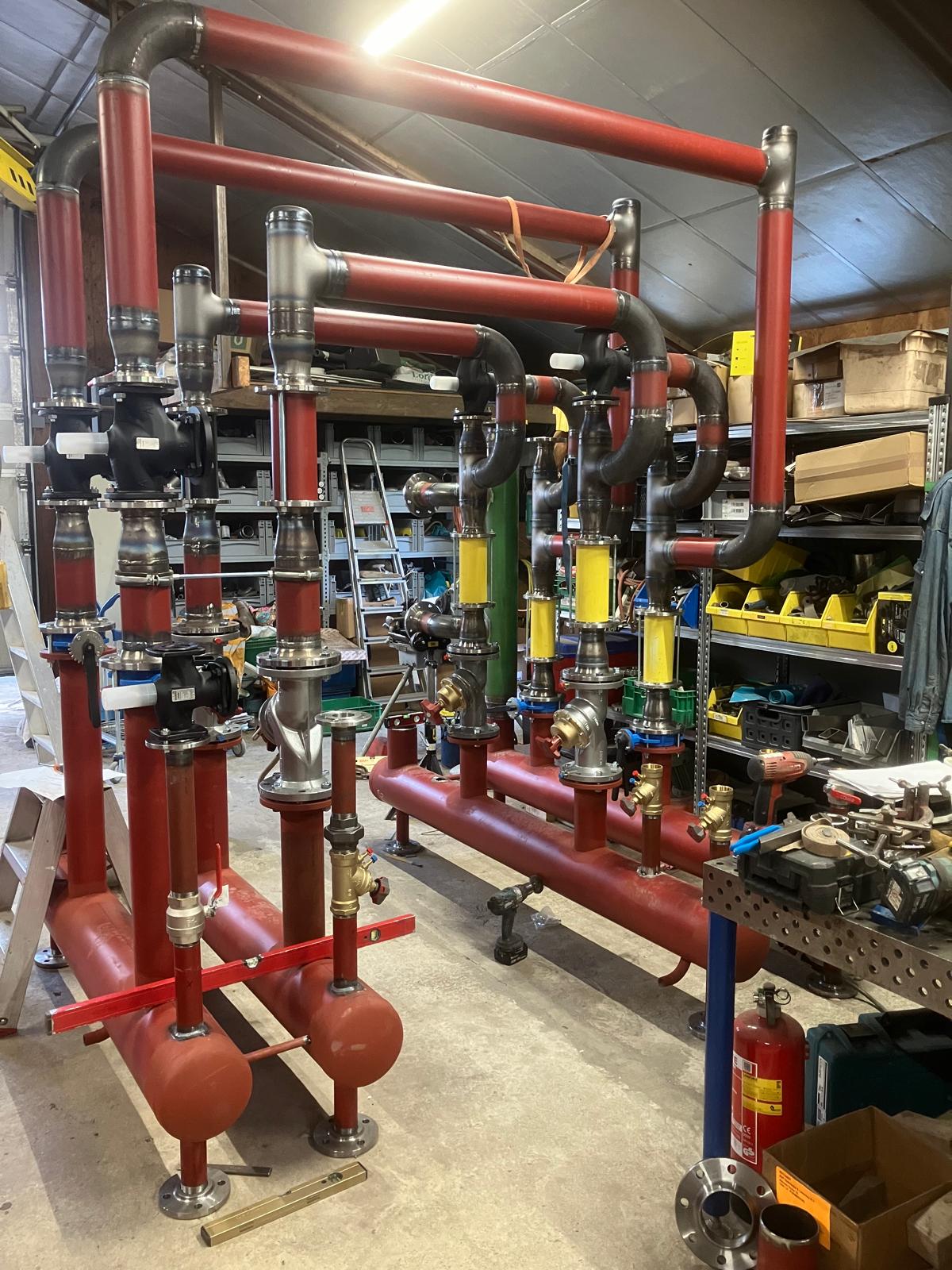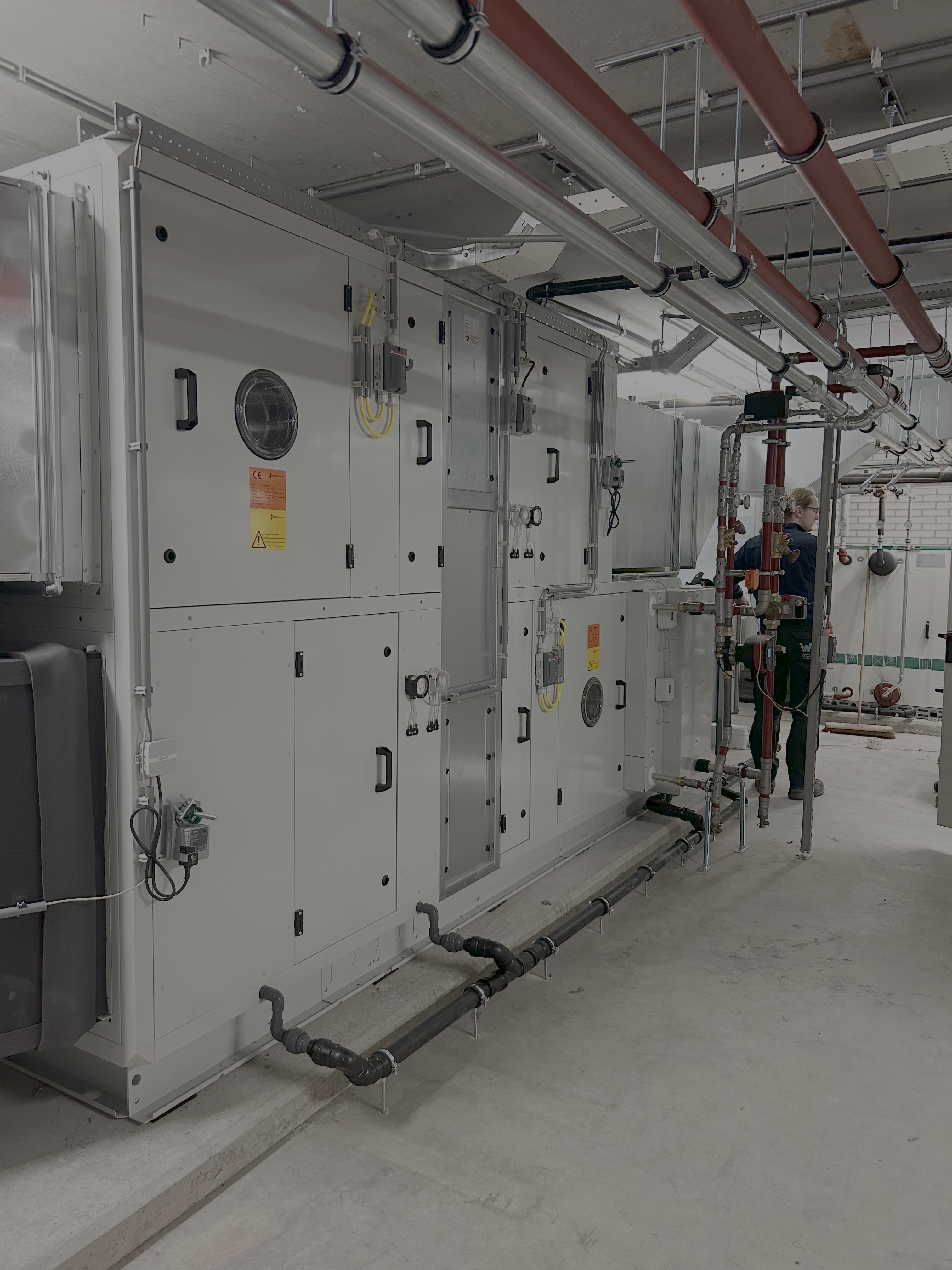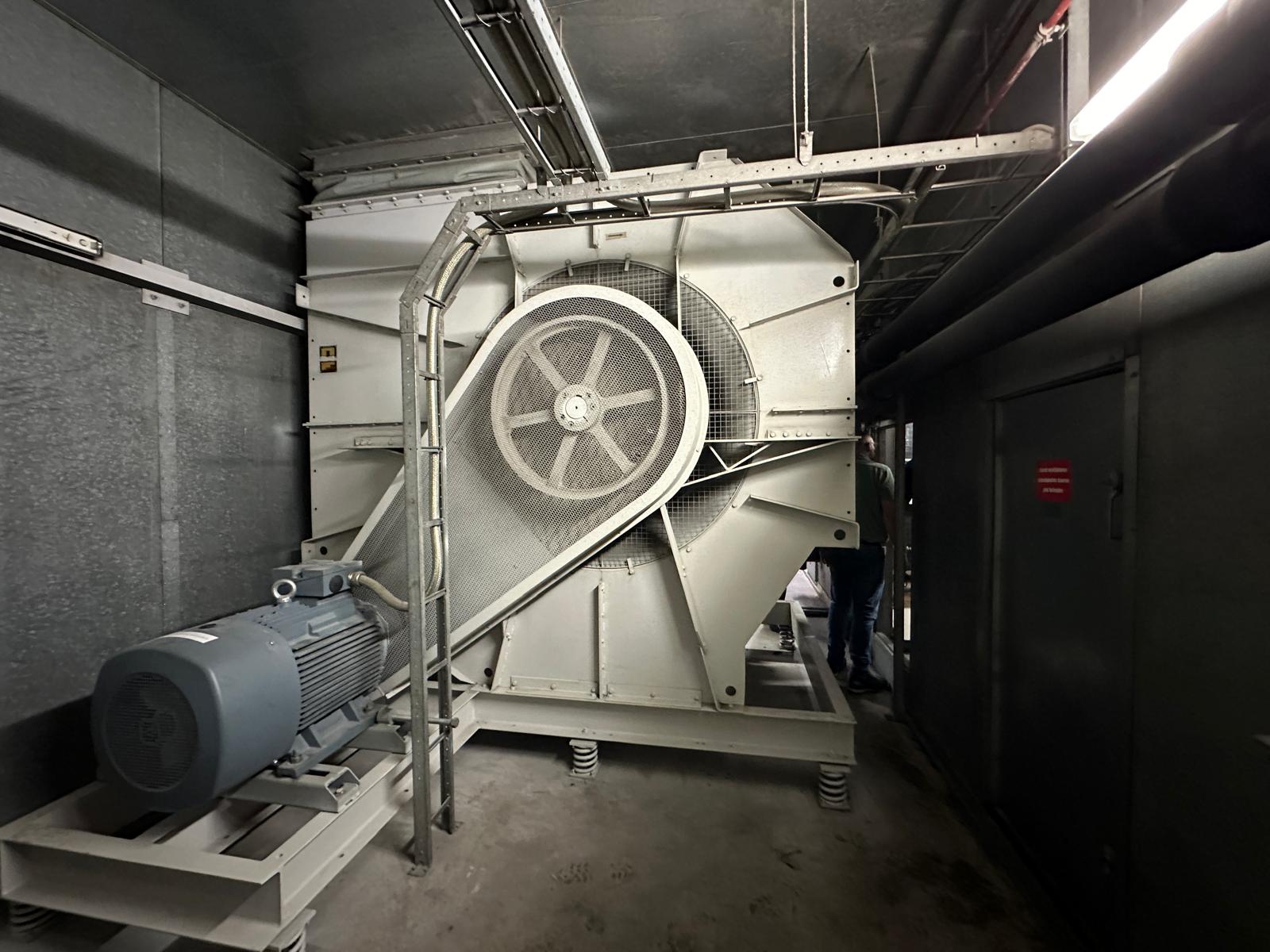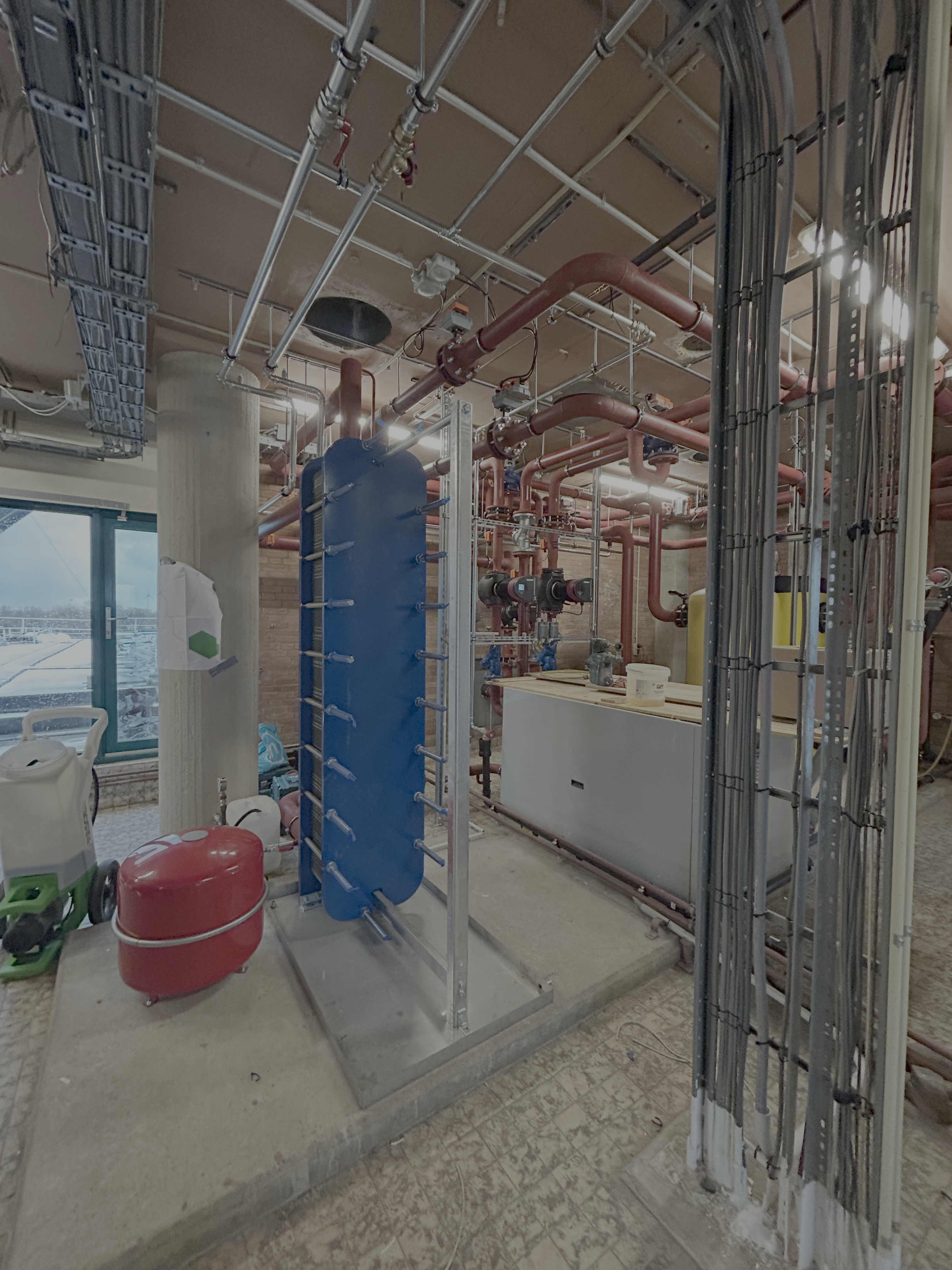GACS mandatory from 2026 and 2030: complete guide
07-09-2025
GACS mandatory from 2026 and 2030: complete guide
From 2026, office buildings with a heating or cooling system of 290 kW or more must be equipped with a Building Automation and Control System (GACS). From 2030, this requirement will also apply to buildings with systems from 70 kW and above. As a result, both large and medium-sized buildings fall under this regulation.
What is a GACS?
A GACS is a system that monitors and optimises installations such as heating, cooling, ventilation, and lighting. It continuously collects data and automatically adjusts operation to avoid unnecessary energy use. This leads to lower energy bills, better indoor comfort, and more efficient maintenance.
Why is it mandatory?
The European Energy Performance of Buildings Directive (EPBD) requires Member States to make buildings more energy-efficient. GACS plays a key role because it:
- Continuously monitors and analyses energy use - Detects efficiency losses and recommends improvements - Can communicate across systems from different manufacturers
An additional benefit: buildings equipped with a GACS are exempt from separate inspection requirements.
Expansion in 2030 to 70 kW
From 2030, the obligation extends to smaller buildings such as schools, healthcare facilities, mid-sized offices, and sports complexes. For these organisations, energy efficiency becomes a structural part of building management. It is advisable to assess early which systems are future-proof.
Technical requirements for GACS
According to the Dutch Building Decree, a compliant GACS must:
- Monitor and report energy consumption - Measure efficiency and signal potential improvements - Be interoperable with systems from multiple suppliers
The NEN-EN-ISO 52120 standard defines the technical classes. Systems achieving at least Class C, with an energy management component at Class B, meet the minimum compliance threshold.
Costs and payback period
The cost of a GACS depends on the building type and system complexity. Factors include the number of connected subsystems and the level of automation. Investments typically pay back through:
- Lower energy bills - Fewer unexpected maintenance costs - Extended system lifetime
Example: an office building of 5,000 m² can save up to 25% energy by optimising heating and cooling. With rising energy prices, the payback time can drop below five years.
Practical examples
In a large office, ventilation is automatically reduced after working hours using occupancy sensors — saving significant energy annually. A school linked lighting and shading to the GACS, reducing costs while improving comfort and learning conditions.
Checklist: steps towards a compliant GACS
1. Conduct a baseline assessment of existing installations 2. Determine whether your building exceeds 290 kW (2026) or 70 kW (2030) 3. Consult a certified advisor or system integrator 4. Select a system compliant with ISO 52120 5. Implement, test, and fine-tune the system
Frequently Asked Questions
What if my building is just below the threshold? Then the requirement does not apply, but a GACS can still be worthwhile due to the energy savings and comfort benefits.
Can an existing Building Management System (BMS) be upgraded to a GACS? In most cases, yes. Many suppliers offer extensions or software upgrades to meet GACS requirements.
How can compliance with the standard be demonstrated? Using the official technical checklist (PDF) or a statement from your supplier/integrator.
Conclusion
The introduction of mandatory GACS systems in 2026 and 2030 makes energy efficiency a core part of building management. A GACS is not just a legal requirement — it’s an opportunity to lower costs and strengthen sustainability.
---
Sources: - Business.gov.nl – GACS requirement for office buildings - Kuijpers – GACS solutions - Technische Unie – GACS and sustainability - [Checklist technical GACS requirements (PDF)](checklist-technische-eisen-gacs-v3-2.pdf) - [Interpretation document NEN-EN-ISO 52120-1 (PDF)](gacs-en-iso-52120-1-interpretatie-document-nl-2.pdf)





